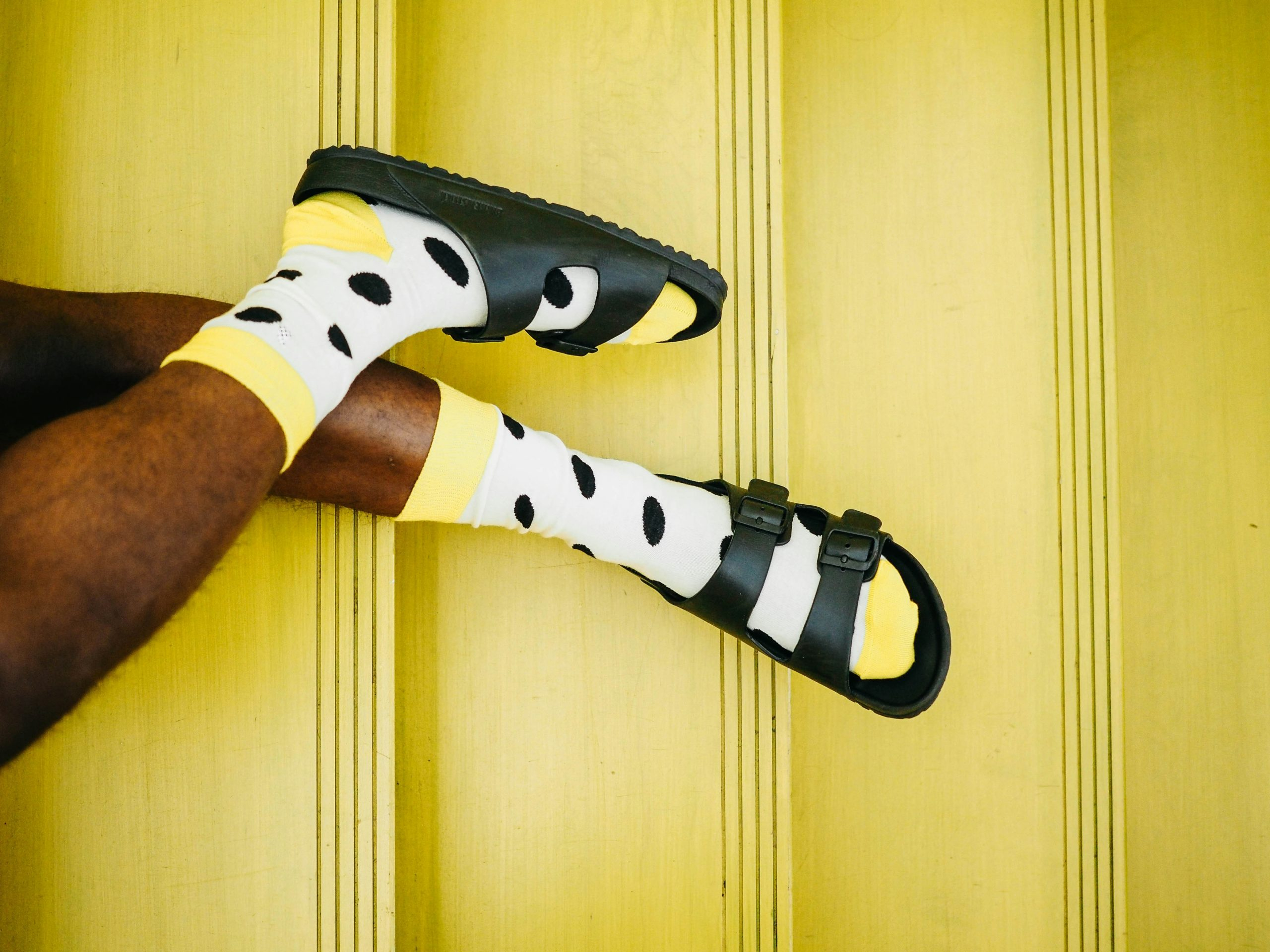Couture Chronicles: The Evolution of Global Style
The world of fashion is a constantly evolving landscape, with new trends emerging every season and designers pushing creative boundaries. However, there is one aspect of fashion that remains timeless – couture. The epitome of luxury and craftsmanship, couture has a rich history and has played a crucial role in shaping the global style scene. In this article, we take a journey through the Couture Chronicles and explore the evolution of global style.
The Origins of Couture
Couture, or haute couture, originated in France in the mid-19th century and was initially referred to as “high fashion”. The term was popularized by English designer Charles Frederick Worth, who is considered the father of haute couture. In the early days, couture was reserved for the elite and the garments were all custom-made to fit the client’s specific measurements and requirements. This exclusivity and attention to detail set the foundation for the future of couture.
The Golden Age of Couture
The mid-20th century saw the golden age of couture, with Paris becoming the fashion capital of the world. Designers like Christian Dior, Coco Chanel, and Yves Saint Laurent were at the forefront of the couture scene, creating iconic designs that continue to inspire modern-day fashion. This was also a time when couture became more accessible to the masses, with the introduction of ready-to-wear collections.
Global Influence
Couture not only shaped the fashion industry in Paris but also had a significant impact on global style. The 1950s and 1960s saw the rise of Italian designers, with names like Valentino, Giorgio Armani, and Emilio Pucci gaining popularity in the couture world. In the 1980s, Japanese designers like Issey Miyake and Yohji Yamamoto brought a unique and avant-garde approach to couture, pushing boundaries and redefining traditional notions of fashion.
The Evolution of Couture
As the world became more globalized, couture evolved to cater to a wider audience. Designers started incorporating elements from different cultures and experimenting with new techniques and materials. Couture also became more sustainable, with a focus on ethical practices and eco-friendly fashion. This evolution brought a fresh perspective to the age-old tradition of couture, making it relevant in today’s fast-paced world.
The Influence of Technology
Technology has played a significant role in transforming the way couture is created and showcased. The use of 3D printing and digital technology has allowed designers to create intricate and detailed designs, while social media has made it easier to reach a global audience. The rise of online platforms and e-commerce has also made couture more accessible and convenient for consumers.
The Modern-Day Couture Scene
Today, couture continues to be a symbol of luxury and exclusivity, with designers like Karl Lagerfeld, Pierpaolo Piccioli, and Maria Grazia Chiuri at the forefront of the industry. While traditional techniques and craftsmanship are still highly valued, designers are also embracing innovation and pushing the boundaries of what is considered couture.
The Future of Couture
As we move towards a more sustainable and digital future, couture will continue to evolve and adapt. Designers will find new ways to incorporate technology and sustainable practices into their creations, while still maintaining the essence of couture – luxury, craftsmanship, and exclusivity. The global reach of couture will also expand, with emerging markets like India, China, and Brazil making their mark in the industry.
In Conclusion
The Couture Chronicles have taken us on a journey through the history and evolution of global style. From its origins in France to its global influence, couture has stood the test of time and continues to shape the fashion industry. As we look to the future, one thing is for certain – couture will always be an integral part of the ever-changing fashion landscape.










